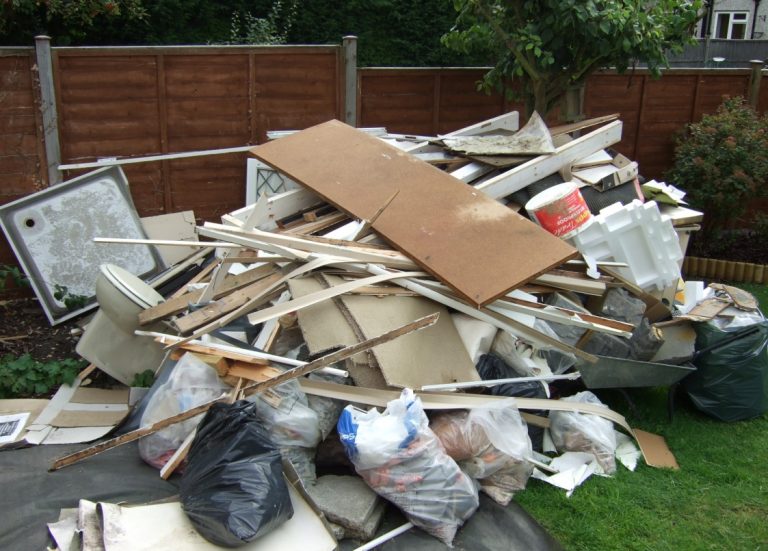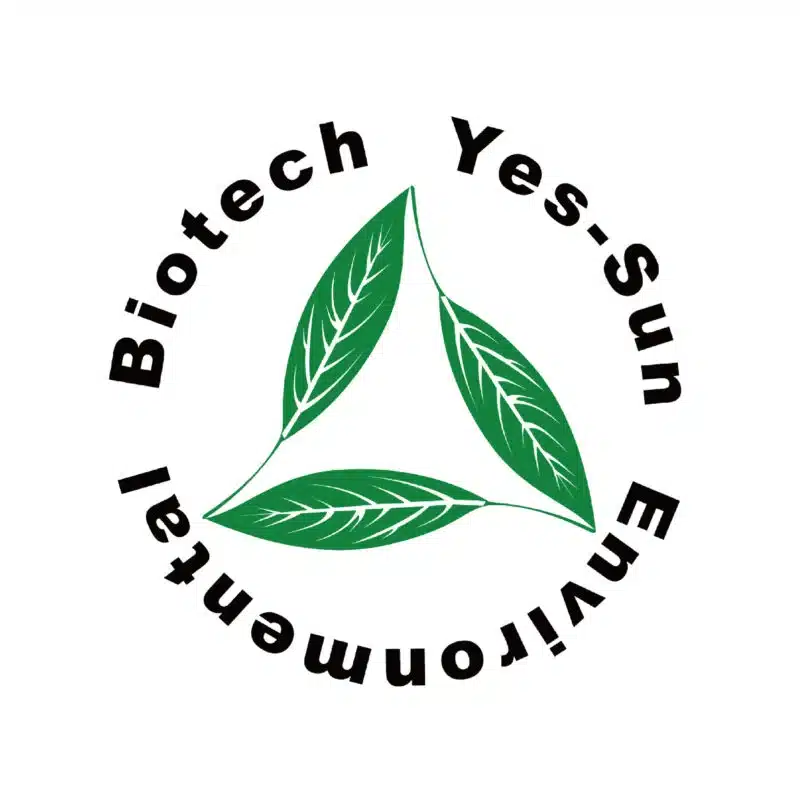In New Zealand, even littering an invoice will result in a fine!

Please don’t litter in New Zealand or you’ll be fined! New Zealand’s ability to classify waste is related to strict penalties. In fact, in addition to the necessary waste sorting, New Zealand has many special handling requirements for different garbage. The purpose of waste sorting is to reduce the harm of landfill waste and improve the efficiency of resource reuse. Household garbage is collected once a week!
New Zealand’s ability to classify waste is closely tied to strict penalties. Stanley, the general manager of the Auckland City Council responsible for waste disposal, has stated that any garbage or waste not placed in designated garbage bags is considered “illegally dumped.” Even during non-collection periods, any bagged garbage placed on the street or cardboard can lead to prosecution. Discarding construction waste, household waste, toxic and hazardous materials that are difficult to recycle in public areas, throwing garbage out of moving vehicles, disregarding litter in trailers, or dumping garbage on someone else’s property without permission can result in varying fines.
The classification of garbage in New Zealand can be roughly divided into two categories.
The garbage in New Zealand can be classified into two main categories: recyclable and non-recyclable waste. In New Zealand, each household is provided with three garbage cans, distinguished by their colors: red, green, and yellow.
The green can is designated for the reuse of organic waste. This includes plants, animals, and food residues. The garbage in this can undergoes self-fermentation and is recycled to produce organic fertilizers. It’s important to note that certain slimy foods should be wrapped in newspapers to prevent them from sticking to the inside of the cans.

The yellow bucket is designated for clean recyclable waste. This includes items such as old bottles, old newspapers, old magazines, and old plastic bags. It is important to ensure that the bottles are cleaned before placing them in the bucket. Additionally, please note that the lids of some bottles are not recyclable and should be placed in the red can. It’s important to remember that not all plastics can be recycled, such as polystyrene, as well as general plastic bags, straps, and food preservation films. Only food packaging plastic bags are recyclable.

The red can is designated for other household garbage that is not placed in the green and yellow buckets. However, it is important to pay attention to the following types of garbage:
-
Hazardous Waste: Dispose of hazardous materials separately. These include items such as batteries, paint, chemicals, and electronics. They should be taken to designated recycling centers or disposal facilities.
-
Sharp Objects: Place sharp objects, such as broken glass or needles, in puncture-proof containers or wrap them securely to prevent injuries to waste handlers.
-
Large Items: For large items like furniture or appliances, contact the local council or waste management service to arrange for proper disposal or collection.
-
Construction and Demolition Waste: Construction waste, such as rubble, bricks, or concrete, should be properly disposed of at designated facilities.
In addition to waste sorting, New Zealand has various special handling requirements for different types of garbage.
The Auckland government has set a regulation stating that organic matter, such as leaves, in household garbage should not exceed 5%. Any excess will be rejected. They encourage households with gardens to compost garden waste, including leaves, grass, and branches. In cases where there is an excessive amount of garden waste, homeowners may need to hire a garden waste company at their own expense for recycling. These companies provide options for different sizes of barrels or bags and offer various collection cycles based on the amount of waste.

Hazardous waste specifically refers to items that are flammable, volatile, corrosive, toxic, or have the potential to pollute the environment. This category includes items such as paints, rechargeable batteries, and gas cans. It is important to note that these items should not be simply thrown away. Instead, it is necessary to engage a special processing company for their proper recycling. Homeowners must bear the cost associated with the disposal of hazardous waste in order to ensure its safe and environmentally friendly handling.

E-waste refers to items that have plugs or batteries. The government advises residents to consider options such as upgrading, repairing, donating, or recycling these items rather than treating them as regular garbage. This is because e-waste contains hazardous heavy metals that can pollute the environment. In addition to the large garbage collection provided by the government, specialized electronic waste recycling companies can also handle e-waste. However, it’s important to note that apart from a few exceptions such as mobile phones, digital cameras, and computers, most e-waste disposal may involve a fee.

Inorganic waste, commonly known as “bulky garbage,” includes items such as stoves, lawn mowers, bicycles, carpets, furniture, washing machines, and iron pipes. The government provides a free collection service for these items. When an on-site recycling service for bulky garbage is arranged in a specific area, residents will receive advance notice through a leaflet and can make an appointment for the specific collection date by phone or online. The municipal government will then hand over recyclable or repairable items to local charities, organizations, or repair and refurbishment facilities. These items are either given or sold to people in need within the community.

To avoid receiving a fine ticket in New Zealand, it is important to diligently sort and dispose of garbage.



 中文 (台灣)
中文 (台灣) Bahasa Indonesia
Bahasa Indonesia Tiếng Việt
Tiếng Việt Bahasa Melayu
Bahasa Melayu Français
Français Español
Español Português
Português